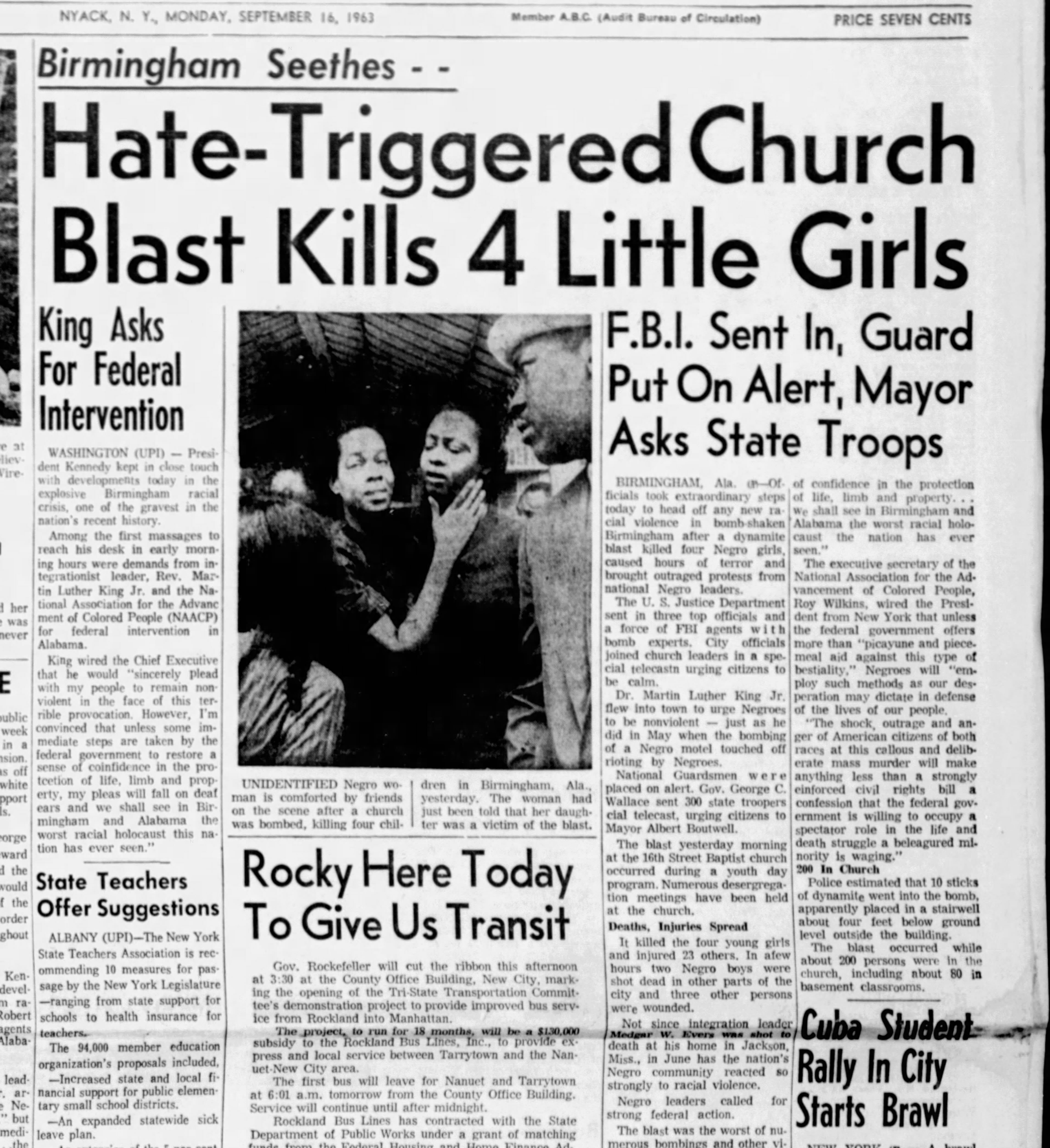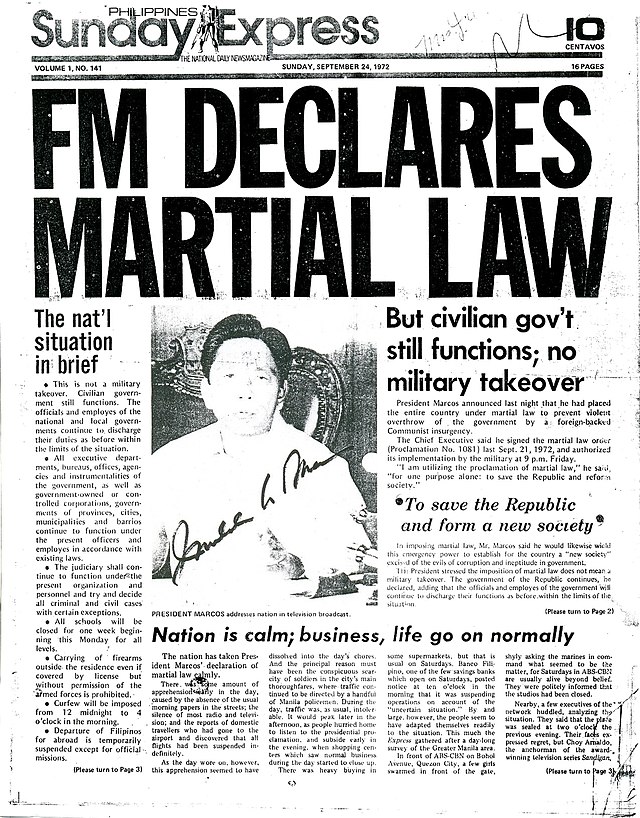6 Easy Facts About News Articles Described
6 Easy Facts About News Articles Described
Blog Article
News Articles - The Facts
Table of ContentsSome Ideas on News Articles You Need To KnowThe Only Guide for News ArticlesA Biased View of News ArticlesThe Greatest Guide To News ArticlesThe Single Strategy To Use For News Articles
Great expertise of different topics gives pupils a competitive side over their peers. Even though electronic and social media sites are easily available, we ought to not forget just how important it is to read the papers. Parents should try and instill the practice of reading a newspaper as a day-to-day regimen to continue the legacy of the revered print medium.News stories additionally consist of at least one of the adhering to vital qualities relative to the desired audience: closeness, prestige, timeliness, human passion, strangeness, or repercussion.
Within these limits, newspaper article also aim to be extensive. Other elements are involved, some stylistic and some derived from the media kind. Amongst the larger and much more reputable newspapers, justness and equilibrium is a significant factor in presenting details. Commentary is normally restricted to a separate area, though each paper may have a different total slant.
Papers with a worldwide audience, as an example, often tend to use a much more formal design of creating. The particular selections made by an information electrical outlet's editor or content board are frequently gathered in a style guide; typical style overviews include the and the US Information Design Publication. The primary goals of information writing can be summarized by the ABCs of journalism: accuracy, brevity, and clearness.
Some Known Questions About News Articles.
As a regulation, reporters will not utilize a long word when a short one will certainly do. News authors attempt to stay clear of making use of the very same word a lot more than once in a paragraph (in some cases called an "resemble" or "word mirror").
Headings occasionally leave out the subject (e.g., "Jumps From Watercraft, Catches in Wheel") or verb (e.g., "Pet cat female fortunate"). A subhead (also subhed, sub-headline, subheading, caption, deck or dek) can be either a subservient title under the main headline, or the heading of a subsection of the write-up. It is a heading that comes before the major text, or a team of paragraphs of the main message.

of a short article subject, informant, or interviewee), it is referred to as a drawn quote or pull quote. Additional billboards of any of these kinds may appear later on in the short article (specifically on succeeding web pages) to tempt more analysis. Journalistic sites sometimes make use of animation methods to switch one billboard for one more (e.g.
News Articles - The Facts
Such signboards are also utilized as tips to the post in other areas of the magazine or website, or as promotions for the piece in other publication or sites. News release of the Swiss federal government. Typical structure with title, lead paragraph (summary in strong), other paragraphs (details) and contact info.

Instance of a hard-lead paragraph NASA is recommending an additional area task. The spending plan requests approximately $10 billion for the job.
The NASA announcement came as the company asked for $10 billion of appropriations for the task. An "off-lead" is the second crucial front web page information weblink of the day. The off-lead shows up either in the top left corner, or straight listed below the lead on the pop over to this site right. To "hide the lead" is to begin the write-up with history details or information of additional importance to the readers, requiring them to find out more deeply right into a write-up than they need to need to in order to find the necessary points.
Unknown Facts About News Articles
Usual use is that or two sentences each develop their very own paragraph. Journalists typically describe the organization or structure of a news story as an upside down pyramid. The important and most interesting components of a story are placed at the beginning, with sustaining details adhering to in order of lessening relevance.
It enables people to discover a topic to only the depth that their interest takes them, and without the imposition of information or subtleties that they can consider unnecessary, however still making that details readily available to a lot more interested viewers. The upside down pyramid framework also makes it possible for posts to be trimmed to any type of approximate size during design, to fit in the space readily available.
Some writers start their tales with the "1-2-3 lead", yet there are many type of lead offered. This style inevitably starts with a "Five Ws" opening paragraph (as defined above), followed by an indirect quote that offers to sustain a significant component of the initial paragraph, and after that a direct quote to sustain the indirect quote. [] A twist can refer to multiple things: The last tale current program; a "happy" tale to finish the program.
Longer articles, such as publication cover short articles and the items that lead the inside sections of a newspaper, are known as. Feature tales differ from straight news in several methods. Foremost is the absence of a straight-news lead, most of the moment. Instead of providing the significance of a story in advance, attribute writers may try to draw viewers in.
The 4-Minute Rule for News Articles
A function's initial paragraphs usually relate an appealing minute or event, as in an "unscientific lead". From the details of an individual or episode, its sight rapidly widens to generalizations concerning the read this story's subject.

The Editor's Tool kit: A Referral Guide for Beginners and Professionals (2001) Allan M. Siegal and William G. Connolly. The New York City Times Handbook of Design and Usage: The Official Design Overview Used by the Writers and Editors of the Globe's Most Reliable Paper (2002) M. L. Stein, Susan Paterno, and R.
Report this page